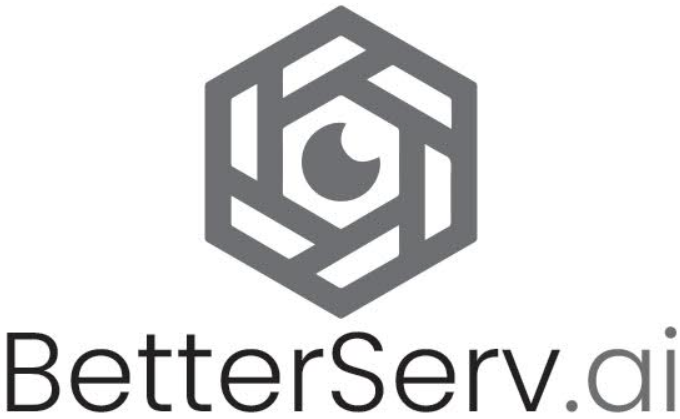Empower Your Business with Geofencing Technology

- Geofencing: Create virtual boundaries on a map to define specific geographic areas relevant to your business, such as store locations, construction sites, or delivery zones.
- Radius Alerts: Set up custom radius alerts around specific points of interest, so you can receive notifications when objects or individuals enter or exit designated areas
- Multiple Geofence Support: Define and manage multiple geofences simultaneously, so you can monitor various locations or events simultaneously.
- Geo-analytics: Analyze location-based data and trends through detailed geo-analytics for valuable insights which can help optimize operations and better marketing strategies.
- Time-Sensitive Notifications: Customize notification settings based on time of day or day of the week, ensuring you receive alerts only during relevant hours.
- Historical Tracking: Access historical location data to review past movements and activities within geofenced areas, for post-event analysis and reporting.
- Flexible Alert Types: Choose the most convenient communication channel and receive notifications via SMS, email, or push notifications.
- Customizable Alert Thresholds: Adjust sensitivity levels for geofencing and radius alerts to suit your business’s specific requirements and minimize false positives.
Drive Engagement, Boost Sales, and Enhance Location-Based Strategies
Geofencing is a location-based technology that allows you to create virtual boundaries or “geofences” around a specific geographic area. These virtual boundaries are typically defined using GPS (Global Positioning System) coordinates or other location data, and they can be used for various purposes, particularly in mobile applications and marketing.
Use Case: Retail Marketing and Promotions
- Scenario: A retail store chain with multiple physical locations wants to leverage geofencing technology to attract more customers to its stores, increase sales, and enhance the overall shopping experience.
- User Engagement: When a customer with the mobile app enters a geofenced area, the app detects their location and triggers a notification on their smartphone. The notification may contain enticing offers, such as discounts, promotions, or exclusive deals available only to app users. It could also provide information about the store’s current offerings, upcoming events, or loyalty program rewards.
- Personalization:The retailer can use data about the customer’s past shopping behavior, preferences, and purchase history to personalize the content of the notifications, ensuring that the offers are relevant and appealing to each individual.
- Call to Action:The notifications often include a clear call to action, such as “Visit our store now and get 20% off on your purchase”, or “Show this notification at the cash register to redeem your discount”.
- Measurement and Analytics: The retail company can track the effectiveness of its geofencing campaigns by analyzing key metrics, including the number of notifications sent, open rates, conversion rates, and the overall impact on foot traffic and sales at each store.
Benefits of Geofencing in Retail Marketing and Promotions
__
Increased Foot Traffic
By sending targeted and timely notifications to potential customers when they are near a store, geofencing helps drive more people into physical retail locations.
__
Higher Sales Conversion
Personalized offers and promotions are more likely to convert into sales, as they are tailored to the individual’s preferences and immediate shopping context.
__
Enhanced Customer Engagement
Geofencing allows retailers to engage with customers in real-time, making the shopping experience more interactive and enjoyable.
__
Data-Driven Marketing
Retailers can gather valuable data on customer behavior and campaign performance, enabling them to refine their marketing strategies over time.
